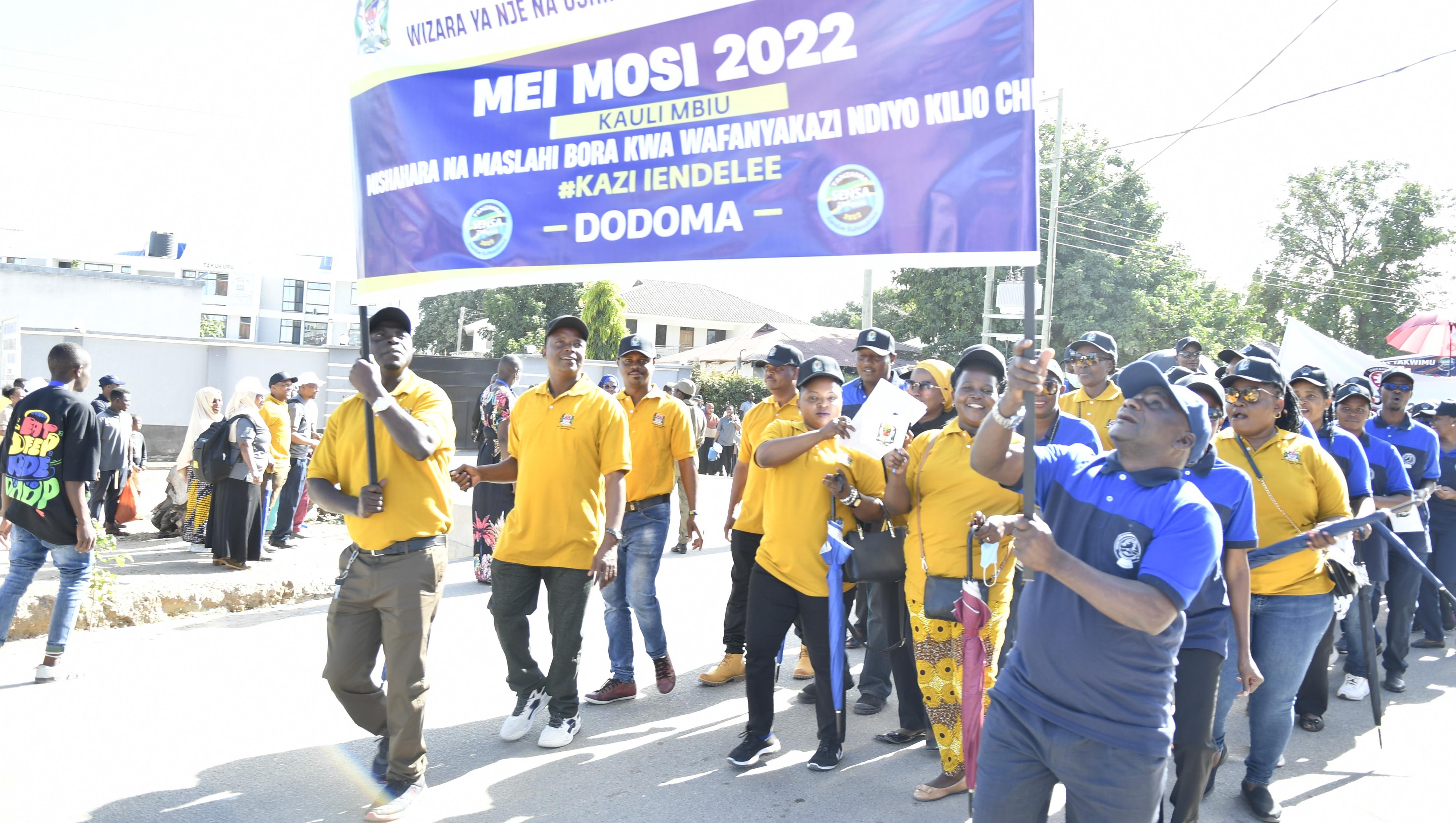How to revive soil health and fertility

Kigali, Rwanda. Reduced soil yields are set to be the Sub-Saharan Africa narrative in the coming years if soil health and fertility are not combated.
As the continent continues to experience climate change the soil health content has degraded over time.
In Kenya for instance, soils are producing half of what they should be, said Hon. Mwangi Kiunjuri, Cabinet Secretary, Ministry of Agriculture, Kenya.
Similarly, in Rwanda, where lime is cheap, costing roughly $10-20 per tonne, the soil PH is unbelievably low.
Whilst these are some of the examples of the issues that the continent is facing in regard to soil health, a country such as Brazil, which is known for having bad soils is currently a leading exporter of soya beans.
This has led to several initiatives being launched in recent years to improve the health of the soils.
Kenya for instance, has developed a soil management policy with all elements of soil health incorporated in a draft that has been presented to parliament and is awaiting approval.
“At the forefront of our agenda, we have carried out surveys and suggested conservation measures that have been put in place and are working”, added the Hon. Kiunjuri.
“In Trans Nzoia, for example, a county in Kenya, the soils had become very acidic because of the use of DAP. The ministry encouraged the use of lime which drastically improved the yields”, he added.
One Acre Fund, an organisation that puts the interest of smallholder farmers on top of its agenda has likewise offered training programs to farmers on soil best practices such as soil rotation.
“We have been part of radio shows and programs in a bid to promote soil health awareness and in promoting mineral fertilisers, “said Dr. Milindi Sylver Sibomana, Program Manager, One Acre Fund Rwanda.
“There is an increased need to understand the farmers’ mindset and find out why, even with the available information on methods and ways to improve soil health, they are still not changing their behaviour”, he added.
The weak extension systems that force farmers to compete amongst themselves and the lack of coordination between the key stakeholders are the main problems that are facing good soil health practice.
This calls for the need to build a consensus on how various organisations engage with farmers instead of bombarding them with information all at the same time.
Whereas numerous initiatives have been launched to improve our soils including soil mapping, soil testing kits, smart fertiliser blends and support for fertiliser and distributional improvements, more needs to be done.
High level impact and integrated approaches such as creating awareness on soil health and demonstrating how this should be incorporated and offering affordable means to acquire inputs needed to improve the soil such as fertilisers are the next steps we need to address, said Mr. JJ Rob Groot, Director of Global Field Programs, IFDC.
“Farmers should not only be given information, but demonstration needs to happen so that farmers can have a practical way of doing things,” said Hon. Mwangi Kiunjuri
“In Kenya, we have embarked on effective soil health techniques. This is important as when a county incorporates a method that in turn improves their soils, other counties will want to benchmark, and we will have made an achievement,” he added.
Emphasis on the need to have great leadership at the heart of soil health could not be avoided.
“Kenya currently is embarking on achieving tremendous results in four strategic areas. This is achievable when you focus on spending own budget unlike most countries that have over 50 items on their agenda which is an over ambitious and unrealistic target to reach, added Mr. Chikava.



